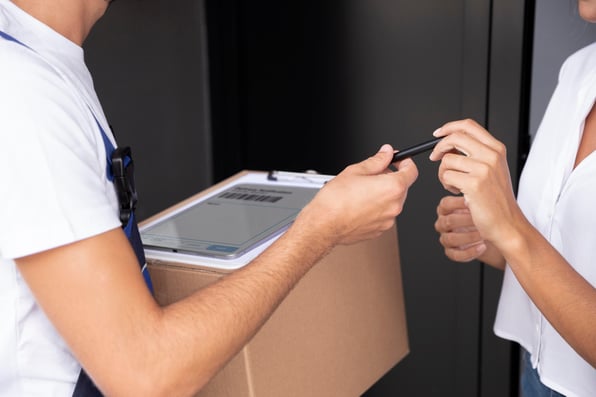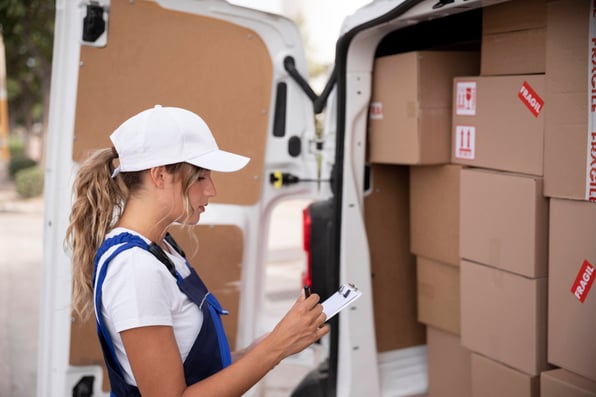
Preventive Maintenance in Restaurants
Ciprian Chiripuci

If you’re a restaurant owner, manager or involved in the foodservice industry, you know that maintaining a restaurant is no easy task. From managing staff to ensuring customer satisfaction, there’s always something demanding your attention. One aspect that often gets overlooked but is crucial to your restaurant’s success is preventive maintenance.
Table of Contents
-
What is Preventive Maintenance?
-
Benefits of Preventive Maintenance in Restaurants
-
Examples
-
Best Practices for Implementing Preventive Maintenance
What is Preventive Maintenance?
Preventive maintenance involves regularly inspecting, cleaning and repairing equipment and facilities to prevent breakdowns and ensure optimal performance. Instead of waiting for something to break down, preventive maintenance focuses on proactive measures to identify and address potential issues before they escalate into costly repairs or replacements.
Benefits of Preventive Maintenance in Restaurants
Implementing a preventive maintenance program in your restaurant offers several benefits that contribute to its overall success and longevity. Here are some of the key advantages:
Cost Savings
By identifying and addressing issues early on, you can avoid costly emergency repairs and replacements. Regular maintenance helps extend the lifespan of your equipment, reducing the need for frequent replacements and saving you money in the long run.
Improved Efficiency
Well-maintained equipment operates more efficiently, leading to reduced energy consumption and lower utility bills. This not only saves you money but also reduces your restaurant’s carbon footprint.
Enhanced Safety
Regular inspections and maintenance help identify potential safety hazards, such as faulty wiring or gas leaks, before they pose a risk to your staff and customers. Ensuring a safe environment is crucial for your restaurant’s reputation and compliance with health and safety regulations.
Increased Customer Satisfaction
A well-maintained restaurant with reliable equipment and facilities enhances the overall dining experience for your customers. From efficient service to comfortable seating, preventive maintenance plays a vital role in customer satisfaction and retention.
Examples
To give you a better understanding of how preventive maintenance works in real-life scenarios, let’s explore some possible situations you might encounter in your restaurant:
Refrigeration System Failure
Imagine a busy Saturday night when your walk-in refrigerator suddenly stops working. Without a backup plan or regular maintenance, you risk losing valuable inventory and disappointing your customers. With preventive maintenance, you can identify and fix minor issues with your refrigeration system before they lead to a complete breakdown.
HVAC System Malfunction
On a hot summer day, your restaurant’s air conditioning system fails, making the dining area uncomfortably warm for your guests. Regular inspections and maintenance of your HVAC system can help prevent such situations, ensuring a pleasant dining experience regardless of the weather outside.
Plumbing Issues
A leaky faucet or clogged drain might seem like minor issues, but if left unattended, they can escalate into major plumbing problems that disrupt your restaurant’s operations. By scheduling regular maintenance checks, you can address these issues promptly and prevent them from causing more significant problems down the line.
Best Practices for Implementing Preventive Maintenance
Implementing a successful preventive maintenance program requires careful planning, commitment and attention to detail. Here are some best practices to help you get started:
Create a Maintenance Schedule
Develop a comprehensive maintenance schedule that outlines when each piece of equipment and facility area should be inspected, cleaned and serviced. This schedule should be tailored to the specific needs of your restaurant and comply with manufacturers’ recommendations.
Assign Responsibilities
Assign specific responsibilities to your maintenance team or external service providers. Clearly define who is responsible for conducting inspections, performing repairs and maintaining records to ensure accountability and consistency.
Use Technology
Consider using maintenance management software or apps to streamline the scheduling, tracking and reporting of your preventive maintenance activities. These tools can help you stay organized, identify trends and make data-driven decisions to optimize your maintenance program.
Train Your Staff
Provide training for your staff on the importance of preventive maintenance and how to identify early signs of equipment failure or safety hazards. Encourage open communication and empower your team to report any issues promptly to ensure they are addressed before they escalate.
Regularly Review and Update Your Program
Periodically review and update your preventive maintenance program to adapt to changing needs, technologies and regulations. Analyze the effectiveness of your maintenance efforts, identify areas for improvement and adjust your strategies accordingly to maximize the benefits of preventive maintenance.
Preventive maintenance is a crucial aspect of running a successful restaurant. By investing time and resources in proactive maintenance practices, you can save money, improve efficiency, enhance safety and increase customer satisfaction. Whether you’re a small café or a large chain restaurant, implementing a preventive maintenance program tailored to your needs can make a significant difference in your restaurant’s overall performance and longevity.
We hope this guide has provided you with valuable insights and practical tips to help you establish and maintain an effective preventive maintenance program for your restaurant. Remember, prevention is always better than cure, so start prioritizing preventive maintenance today to secure a brighter future for your restaurant!
Related posts
Here are some resources to help you get more out of your assets


Ciprian Chiripuci
Truck Sealing in Delivery Logistics: Definition, Benefits and Best Practices

Ciprian Chiripuci
Mastering that Last Mile
READY TO TALK?